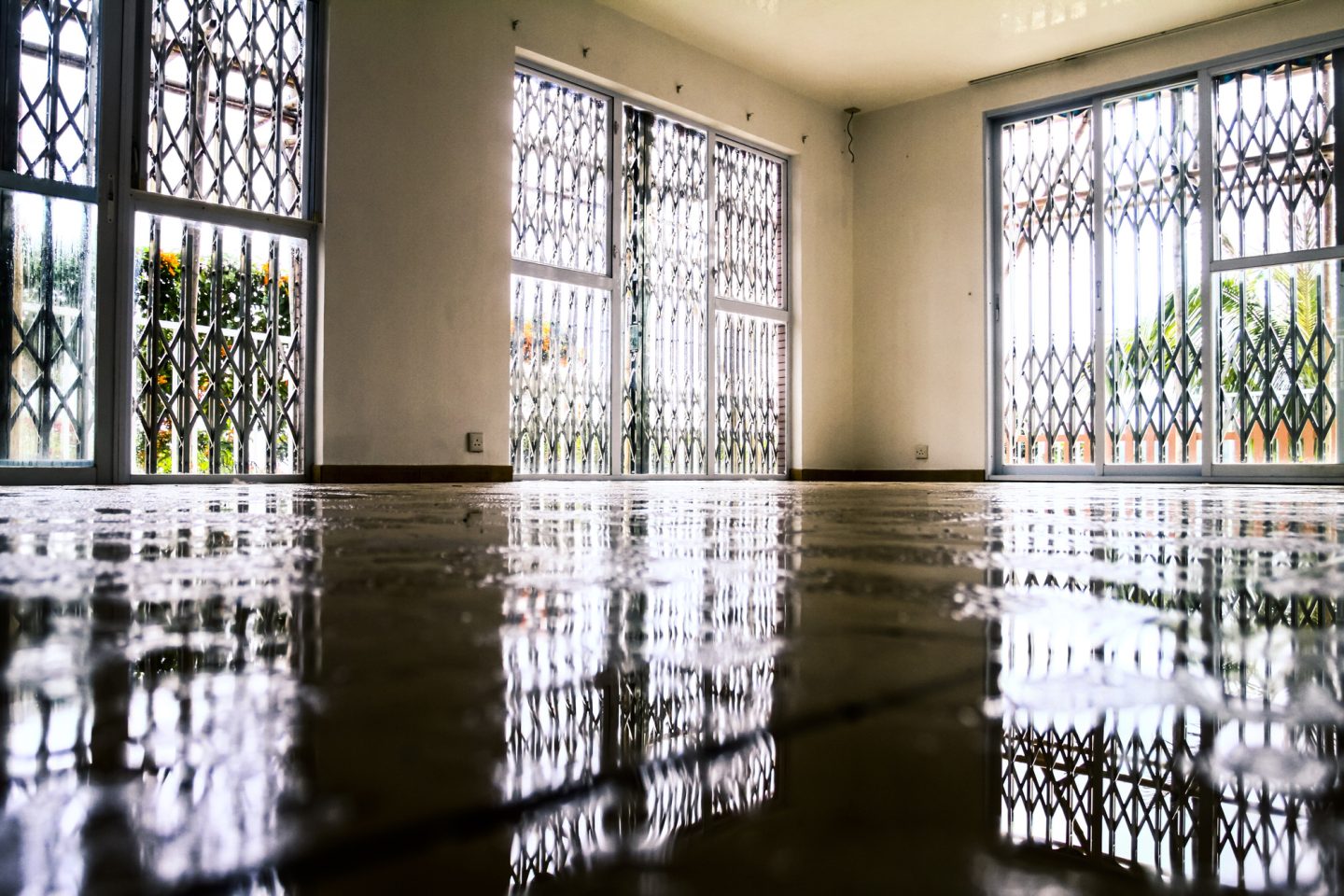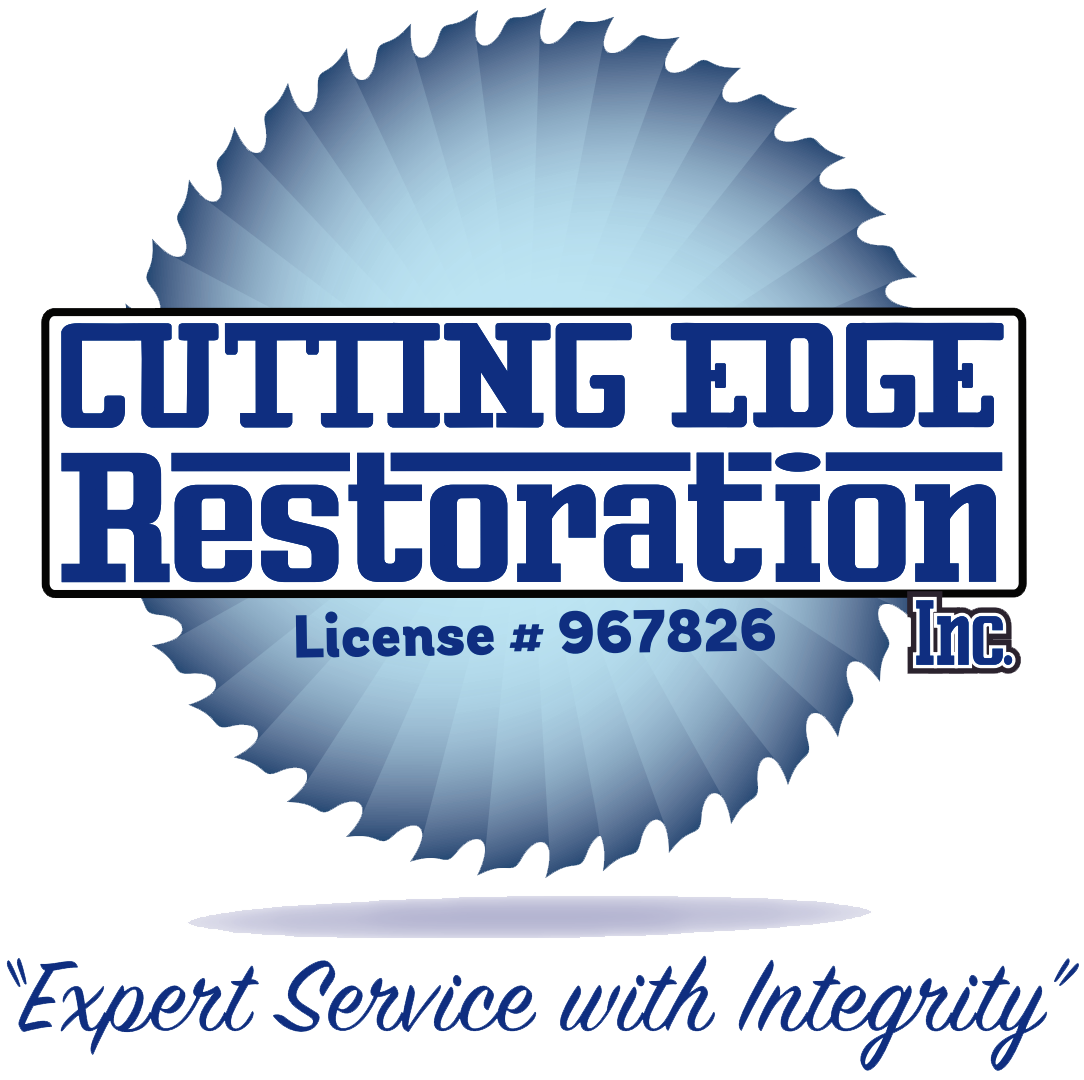
Water damage emergencies can occur at any time, often without warning, and can cause significant impact to your property if not handled properly. Whether it’s due to a burst pipe, heavy rain, or flooding, knowing what to do and what not to do is crucial in minimizing the damage and ensuring a swift recovery. In this blog post, we’ll explore the essential do’s and don’ts of handling water damage emergencies, and introduce Cutting Edge Restoration, your trusted partner in water damage restoration serving Southern California.
Do’s of Handling Water Damage Emergencies
- Do Act Quickly: Time is of the essence when dealing with the damage. The longer water sits, the more problems it can cause. Act quickly to remove standing water, dry out the affected areas, and contact a professional restoration company.
- Do Prioritize Safety: Ensure the safety of everyone involved by turning off the electricity and gas supply to the affected area. Wear protective gear, such as gloves and boots, to avoid contact with contaminated water.
- Do Document the Damage: Take photos and videos of the damage for insurance purposes. Documenting the extent of the damage can help streamline the claims process and provide evidence for your insurance company.
For more tips on documenting damage for insurance claims, The Balance offers a comprehensive guide.
- Do Ventilate the Area: Open windows and doors to promote airflow and aid in the drying process. Use fans and dehumidifiers to remove moisture from the air and prevent mold growth.
- Do Contact Your Insurance Company: Notify your insurance company about the water damage as soon as possible. They can guide you through the claims process and may provide recommendations for restoration services.
Don’ts of Handling Water Damage Emergencies
- Don’t Ignore the Problem: Ignoring the damage can lead to more severe issues, such as structural damage and mold growth. Address the problem immediately to prevent further damage.
- Don’t Use Electrical Appliances: Avoid using electrical appliances in the affected area until it is safe to do so. Water and electricity can create a hazardous situation, so it’s best to wait until the area is completely dry.
- Don’t Attempt DIY Repairs: While it may be tempting to tackle repairs on your own, it’s best to leave it to the professionals. Incorrectly handling the damage can lead to further issues and potentially jeopardize your insurance claim.
- Don’t Enter Flooded Areas: If your property is flooded, do not enter the area until it is deemed safe. Floodwater can be contaminated with hazardous materials and pose a risk to your health. Here are more tips from FEMA.
- Don’t Delay Professional Help: Contacting a professional water damage restoration company like Cutting Edge Restoration as soon as possible can help mitigate the damage and expedite the recovery process.
Cutting Edge Restoration: Your Water Damage Emergency Experts in Southern California
At Cutting Edge Restoration, serving Southern California, we understand the urgency of emergencies. Our team of experienced professionals is equipped to handle all aspects of water damage restoration, from initial assessment to complete repair and restoration. We use the latest techniques and equipment to ensure a thorough and efficient recovery process.
Handling water damage emergencies requires prompt action, safety precautions, and professional assistance. By following the do’s and don’ts outlined in this guide, you can effectively manage the situation and minimize the impact of water damage on your property. For residents and business owners in Southern California, Cutting Edge Restoration is here to help you navigate water damage emergencies with confidence, providing expert restoration services to restore your property to its pre-damage condition.
